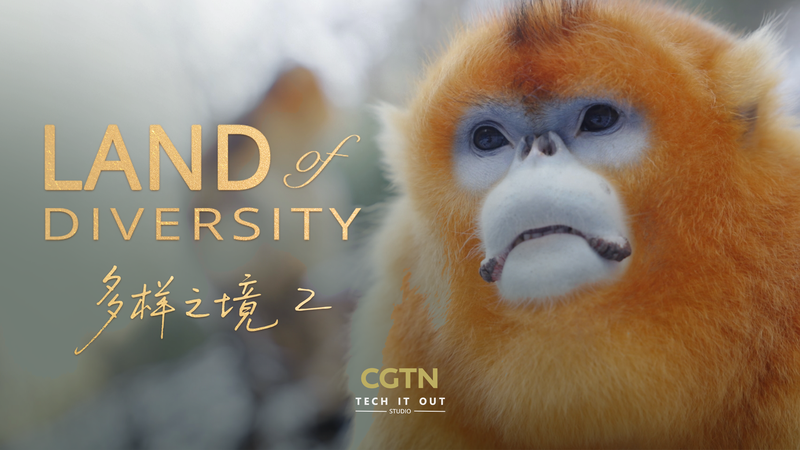Imagine strolling through misty forest trails in the Chinese mainland's Shaanxi Province, where golden snub-nosed monkeys swing gracefully from branch to branch above your head. Below, villagers harvest crops and tend to their homes, all within a landscape that was once carved up by deforestation and development.
For three decades, researchers, conservationists, and local residents have joined forces to heal these slopes. They replanted native trees, restored rivers, and reclaimed wildlife habitats, turning former farmland into vibrant forest corridors. Today, this effort has created a real possibility: humans and wildlife sharing the same home.
Golden snub-nosed monkeys, with their striking fur and curious eyes, are now thriving in restored forest canopies. Camera traps and field surveys show that their numbers are climbing, and their playful leaps have become a symbol of hope for the whole region.
But it’s not just about monkeys. Small mammals, birds, and insects are returning too, bringing new life to once-quiet woodlands. Streams that were once choked with sediment now flow clear, supporting fish and providing fresh water for communities below.
Local residents are also benefiting. Eco-tourism has created new jobs, and community-led patrols help protect the forests from illegal logging. Schools are teaching a new generation about the importance of conservation, blending traditional knowledge with modern science.
This story from the Qinling Mountains shows that when people and nature work together, amazing things can happen. Thirty years of persistence have rebuilt not only forests but also a shared belief that coexistence is possible. Here, on these verdant slopes, the call of the wild is once again part of daily life—reminding us that our future is intertwined with the world around us. 🌳🐒
Reference(s):
cgtn.com




